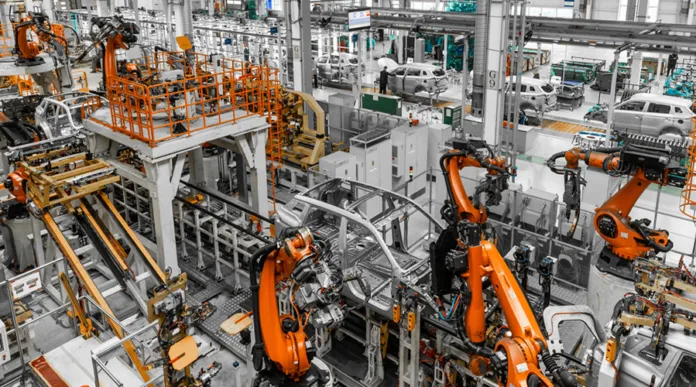Industrial automation has continually evolved, driven by technological advances, changing market demands, and an increased focus on sustainability and efficiency. Over the years, certain practices and technologies that were once staples in automated manufacturing and processing have become obsolete, replaced by more efficient, safer, and cost-effective solutions. This article explores some of these outdated industrial automation practices, examines why they fell out of favor, and discusses the technologies that have taken their place.
1. Relay Logic Systems
What Were They? Relay logic systems used electromechanical relays to perform logical operations. In the early days of industrial automation, these systems were widely used in manufacturing processes to control machinery and assembly lines.
Why They Were Phased Out:
- Complexity and Size: Relay logic systems required extensive wiring and large panels to accommodate numerous relays, making them bulky and complex to manage.
- Maintenance Intensive: The mechanical nature of relays meant they were prone to wear and tear, requiring frequent maintenance and replacement.
- Limited Flexibility: Modifying a relay logic system was labor-intensive and time-consuming because it often required changes to the physical wiring.
What Replaced Them? Programmable Logic Controllers (PLCs) replaced relay logic systems. PLCs offer greater flexibility, reliability, and ease of programming and integration, making them vastly superior for complex automation tasks.
2. Hardwired Control Panels
What Were They? Hardwired control panels were used to control machines and processes through a fixed arrangement of switches, knobs, and wiring. Each panel was custom-built for specific operations.
Why They Were Phased Out:
- Inflexibility: Any modification or scaling required extensive re-wiring and hardware changes.
- Space and Cost: These panels were often large and costly to assemble and maintain.
- Operator Training: Each panel design was unique, requiring specific training for operators.
What Replaced Them? Human-Machine Interfaces (HMIs) and touch screen panels replaced hardwired control panels. HMIs allow for easy adjustments to control settings, provide more intuitive user interfaces, and can be updated or changed without physical modifications to the wiring.
3. Manual Robot Programming
What Was It? Initially, robots in industrial settings were programmed manually. This process involved physically manipulating the robot to teach it the required movements and operations.
Why It Was Phased Out:
- Time-Consuming: Manual programming was slow and often less precise.
- Skilled Labor Requirements: It required highly skilled personnel to perform the programming.
- Lack of Flexibility: It was difficult to reprogram robots for different tasks, limiting their usefulness for multiple applications.
What Replaced It? Advanced software programming techniques, often incorporating graphical user interfaces and simulation, now allow robots to be programmed much more quickly and precisely. These software systems can also adapt robot operations based on sensor feedback, vastly improving flexibility and efficiency.
4. Pneumatic Actuators in High-Precision Applications
What Were They? Pneumatic actuators use compressed air to produce movement and were commonly used to drive machinery and robotic arms.
Why They Were Phased Out:
- Limited Precision: While effective for simple, repetitive tasks, pneumatic systems lack the precision needed for high-detail applications.
- Energy Inefficient: They can be less energy-efficient than their modern counterparts, particularly in applications requiring fine control and variable speeds.
- Maintenance and Noise: Pneumatic systems require regular maintenance of compressors and air delivery systems and can be noisy during operation.
What Replaced Them? Electric servo motors, actuators, and controllers like DKCXX.3-100-7-FW now dominate applications where precision and control are paramount. These devices offer superior precision, speed control, and energy efficiency and can be easily integrated with digital control systems.
5. Fixed Automation Lines
What Were They? Fixed automation lines were designed to manufacture a single product or component without variation. These lines were optimized for mass production with little flexibility.
Why They Were Phased Out:
- Lack of Adaptability: In today’s fast-changing market, the inability to switch production lines to different products quickly became a significant disadvantage.
- High Cost for Changes: Modifying a fixed line for a new product was often prohibitively expensive.
What Replaced Them? Flexible and programmable automation systems, often integrated with robotics and AI, have replaced fixed lines. These systems can be quickly retooled and programmed for different products, allowing manufacturers to respond swiftly to market changes.
Conclusion
The evolution of industrial automation practices reflects broader trends towards greater efficiency, flexibility, and integration. While older systems laid the foundational concepts of automation, modern technologies have expanded these principles to meet contemporary industrial demands. As we continue to innovate, understanding why certain practices were left behind not only helps in appreciating current technologies but also in envisioning future advancements.
